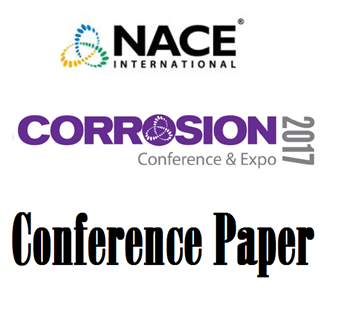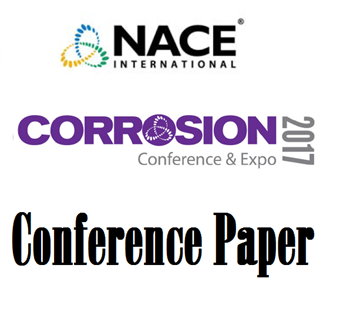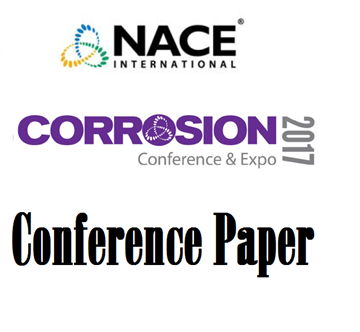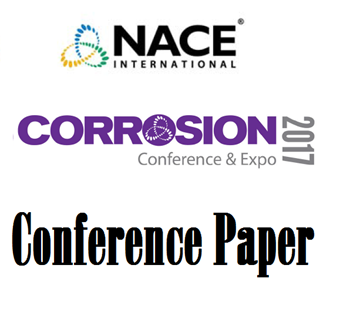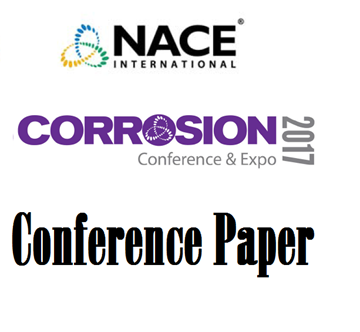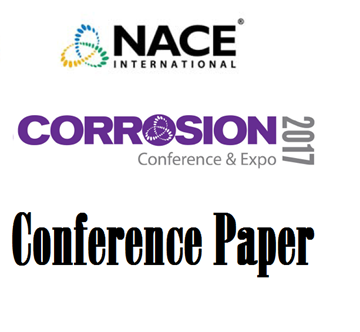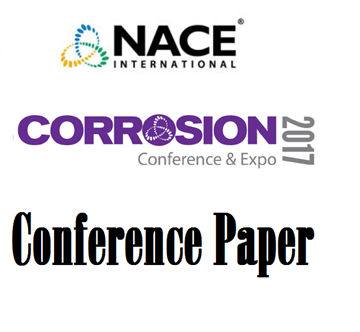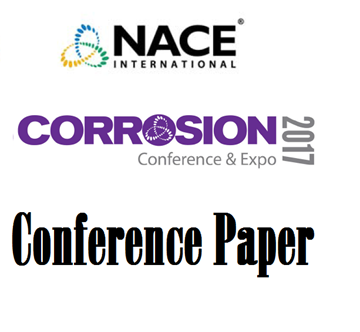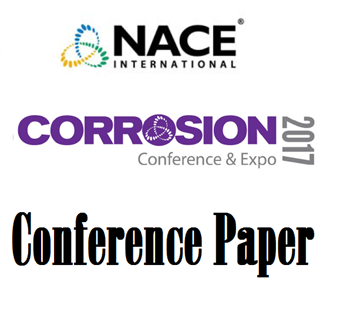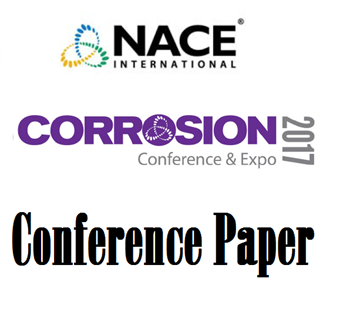Search
Products tagged with '2017 Conference Papers'
View as
Sort by
Display
per page
51317-9142-High Performance Water Based Coating Enhanced with Nano Vapor Corrosion Inhibitors Markus Bieber – Cortec Corporation
Product Number:
51317-9142-SG
Publication Date:
2017
$20.00
51317-9174-Challenging AC Corrosion Mitigation System for 100-Mile Long Pipeline
Product Number:
51317-9174-SG
Publication Date:
2017
$20.00
51317-9187-Hydrogen-Enhanced Stress Corrosion Cracking in Stainless Steel
Product Number:
51317-9187-SG
Publication Date:
2017
$20.00
51317-9230- Study on Ferrite Content and Hardness of Thick-Wall 22% Cr Duplex Stainless Steel Welded Joints
Product Number:
51317-9230-SG
Publication Date:
2017
$20.00
51317-9256-The role of Fenton Reaction in biodegradable Magnesium and its alloys
Product Number:
51317-9256-SG
Publication Date:
2017
$20.00
51317-9257-Patient-specific orthopedic implants manufactured by Additive Manufacturing –A corrosion study
Product Number:
51317-9257-SG
Publication Date:
2017
$20.00
51317-9271-Bio-Functional High Performance Coatings of Titanium and Magnesium Alloys for Biomedical Applications
Product Number:
51317-9271-SG
Publication Date:
2017
$20.00
51317-9311-Chemical and Mechanical Cleaning Case Study
Product Number:
51317-9311-SG
Publication Date:
2017
$20.00
51317-9333-Characterization of Sacrificial Protection Efficacy and Longevity of a Thermal Spray Non-skid Coating under Sealants and Topcoats
Product Number:
51317-9333-SG
Publication Date:
2017
$20.00
51317-9340-Investigation of Under-deposit corrosion on X-60 using Multielcetrode System
Product Number:
51317-9340-SG
Publication Date:
2017
$0.00
51317-9356-Electrochemical characterization of metstable austenitic stainless steels to illustrate the influence of grinding parameters on the corrosion resistance
Product Number:
51317-9356-SG
Publication Date:
2017
$20.00
51317--9362-Cathodic Protection of Stainless Steel 316L Rotating Screens on Seawater Intake Structures
Product Number:
51317--9362-SG
ISBN:
9362 2017 CP
Publication Date:
2017
$20.00

